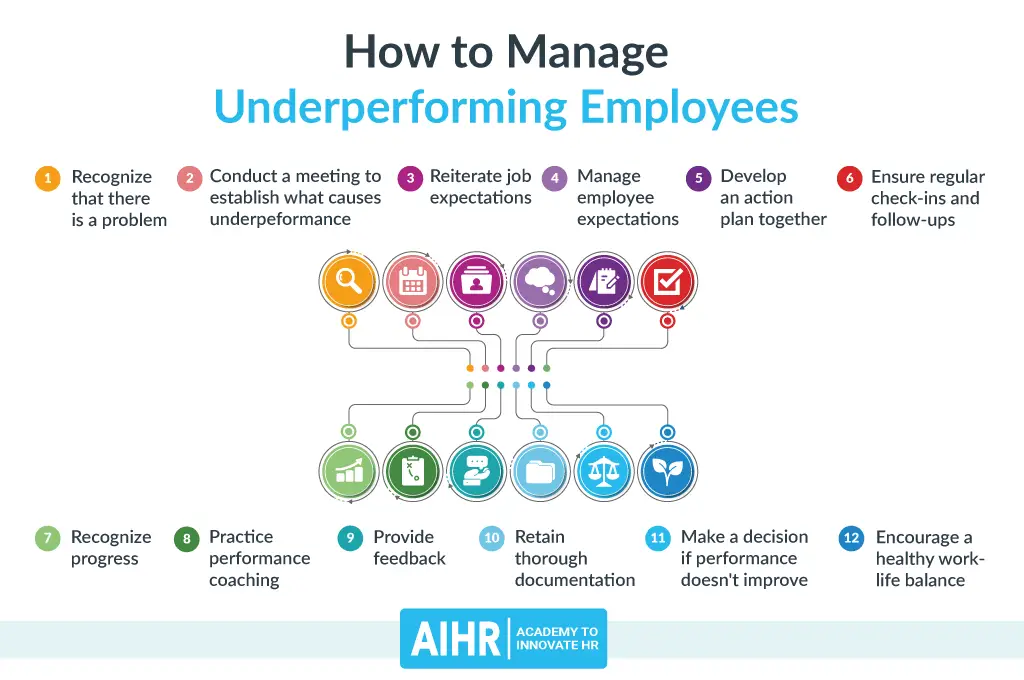Scalability Stumbles: Addressing Performance Issues in Scaling

Executive Summary

Scaling up software systems and applications is often a crucial step for businesses looking to expand their reach and operations. However, scaling is not always a seamless process, and performance issues can arise as systems become more complex and handle ever-increasing workloads. This article dives deep into the common scalability pitfalls, discusses best practices for addressing these issues, and provides actionable advice for ensuring scalability without compromising performance.

Introduction
In today’s fast-paced digital landscape, the ability to scale software systems quickly and efficiently has become paramount. As businesses grow, so does the demand for their products and services, leading to a need for systems that can handle larger volumes of traffic and process increasing data. While scaling can bring many benefits, it can also introduce performance issues if not handled properly. This article sheds light on the challenges and solutions related to scalability, empowering readers to navigate the scaling process seamlessly.
Frequently Asked Questions (FAQs)
What are the common scalability challenges?
Scalability challenges often manifest in slow response times, poor performance under load, and system outages. These issues can arise due to various factors, such as inefficient database queries, inadequate server capacity, bottlenecks in code logic, and insufficient caching mechanisms.
How can I measure scalability?
Measuring scalability involves assessing the system’s performance metrics, such as throughput, latency, and resource consumption, under varying load conditions. Monitoring tools can be used to collect detailed performance data and help identify specific areas requiring optimization.
What are the essential steps for successful scaling?
Successful scaling requires a multi-faceted approach that includes architectural planning, performance optimization, capacity management, and continuous monitoring. It involves evaluating the system’s architecture for scalability, identifying bottlenecks, optimizing resource utilization, and regularly monitoring performance to proactively address potential issues.
Top 5 Subtopics for Optimal Scalability
1. Efficient Database Design
A well-designed database is crucial for scalability. Poorly structured databases can lead to inefficient queries and database locks, significantly impacting performance. Focus on normalization, indexing, query optimization, and data partitioning techniques to ensure data retrieval and manipulation are efficient.
- Avoid using table scans by utilizing indexes for quick lookups.
- Normalize data to reduce redundancy and improve query performance.
- Implement efficient query caching to minimize database load.
- Partition large tables to distribute data across multiple servers for improved performance.
2. Optimized Code Architecture
Scalable code architecture reduces bottlenecks and ensures efficient resource utilization. Focus on modularity, loose coupling, and code refactoring to create a flexible and maintainable codebase.
- Implement a modular architecture to break down the system into independent components for easier scaling.
- Ensure loose coupling between components to minimize interdependencies and improve scalability.
- Regularly refactor code to eliminate inefficiencies and improve performance.
- Utilize appropriate data structures and algorithms for efficient memory and processing.
3. Cache Implementation
Caching mechanisms can significantly improve performance by storing frequently accessed data in memory. Implement caching strategies, such as in-memory caching, database caching, and CDN, to reduce database load and improve response times.
- Utilize in-memory caching to store frequently accessed data for faster retrieval.
- Implement database caching to reduce the number of database queries.
- Use a CDN (Content Delivery Network) to cache static content and reduce server load.
- Implement cache expiration policies to maintain cache freshness and avoid stale data.
4. Horizontal Scaling
Horizontal scaling involves adding more servers or nodes to distribute the load across multiple instances. This approach is suitable for systems where workloads can be easily distributed, such as web servers or data processing systems.
- Implement load balancing to distribute incoming requests across multiple servers.
- Use autoscaling mechanisms to automatically add or remove servers based on load.
- Ensure data replication and synchronization across multiple servers for data consistency.
- Monitor and manage server health to maintain optimal performance.
5. Monitoring and Performance Analysis
Continuous monitoring and performance analysis are critical for early detection and resolution of scalability issues. Implement monitoring and logging systems to collect detailed metrics and logs, and use performance analysis tools to identify bottlenecks and inefficiencies.
- Monitor key performance indicators (KPIs), such as response times, throughput, and resource utilization.
- Analyze logs to identify errors, bottlenecks, and potential performance issues.
- Use performance profiling tools to identify slow code or resource-intensive operations.
- Regularly review performance metrics to identify trends and areas for improvement.
Conclusion
Scalability is a fundamental aspect of software development, enabling systems to handle increasing workloads and user traffic without compromising performance. By addressing the common scalability challenges discussed in this article, you can create scalable systems that are reliable, performant, and capable of meeting the growing demands of your users. Remember, scalability is not just about increasing capacity but also about optimizing performance and efficiency to ensure a seamless experience for your customers. By following the best practices and implementing the subtopics outlined here, you can build scalable systems that support your business growth and success.
Keyword Tags
- Scalability
- Performance Optimization
- Database Optimization
- Code Refactoring
- Monitoring and Analysis

